Discover the essential steps to construct a second floor in your metal building, ensuring structural integrity and maximized space utilization.
Constructing a second floor in a metal building requires careful planning, accurate measurements, and the right materials. This process involves creating a strong foundation, installing floor joists and decking, and ensuring the structure can handle the added weight.
In this article, we’ll delve into the step-by-step process of adding a second floor to your metal building, covering everything from the initial planning phase to the final touches. By the end of this guide, you’ll have a comprehensive understanding of how to successfully complete this construction project.
Stay tuned for all the essential details.
Key takeaways:
- Creating a Blueprint: Layout, sections, locations, compliance, professional review.
- Selecting Appropriate Sizes: Utilization, footprint, zoning, compliance, usability.
- Incorporating Doors, Windows, Ventilation: Aesthetics, natural light, traffic flow, ventilation.
- Choosing the Right Material: Steel joists, concrete, wood, steel decking, insulation, flooring finishes.
- Cost Estimation and Budgeting: Material costs, labor costs, miscellaneous expenses, contractor fees, permit fees.
Creating a Blueprint for a Two-Story Metal Building
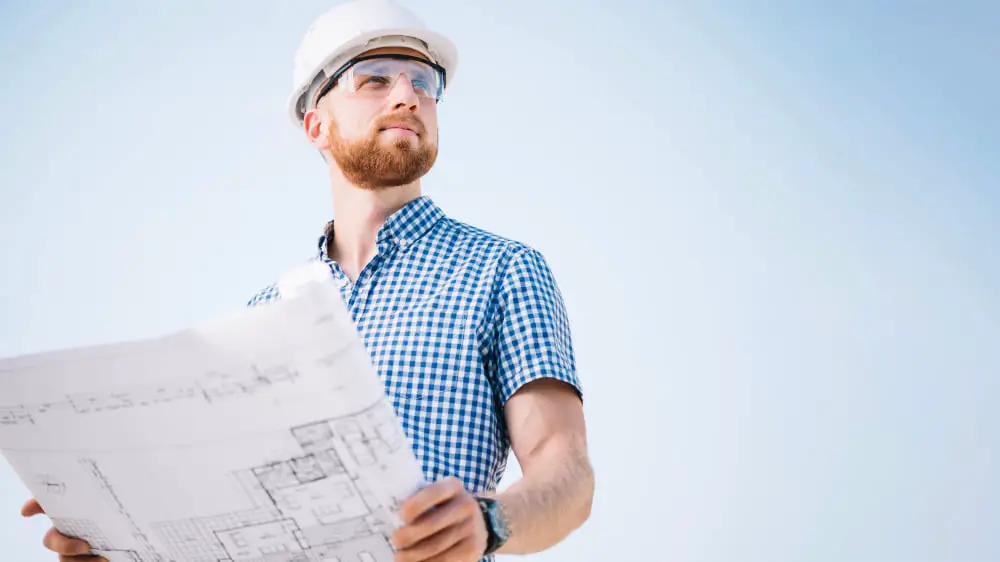
The first consideration in designing any building includes drafting your vision into a plan. A blueprint, essentially, is your guide map for the entire project. It encompasses everything from elevations, floor plans, to specifics like electrical layouts.
1. Establish the Layout: Identify where you want the stairs, rooms, and corridors. Space management is key here, and consideration needs to be given to structural elements.
2. Detail Sections and Elevations: Sections are cross-sectional views of the building. Elevations are a flat representation of one façade. Make sure to cover details like height, length, and breadth in these.
3. Specify Locations for Electrical, Plumbing & HVAC: This crucial step will directly impact the building’s functionality.
4. Compliance with Building Codes: Ensure your blueprint aligns with local building codes, this avoids future disputes.
5. Professional Review: Lastly, have your blueprint professionally reviewed. This gives a fresh perspective, and covers any potential oversights.
Conceptualize your project into a blueprint that communicates effectively to everyone involved, ultimately translating your vision into a tangible reality.
Selecting Appropriate Sizes for a Two-Story Metal Building
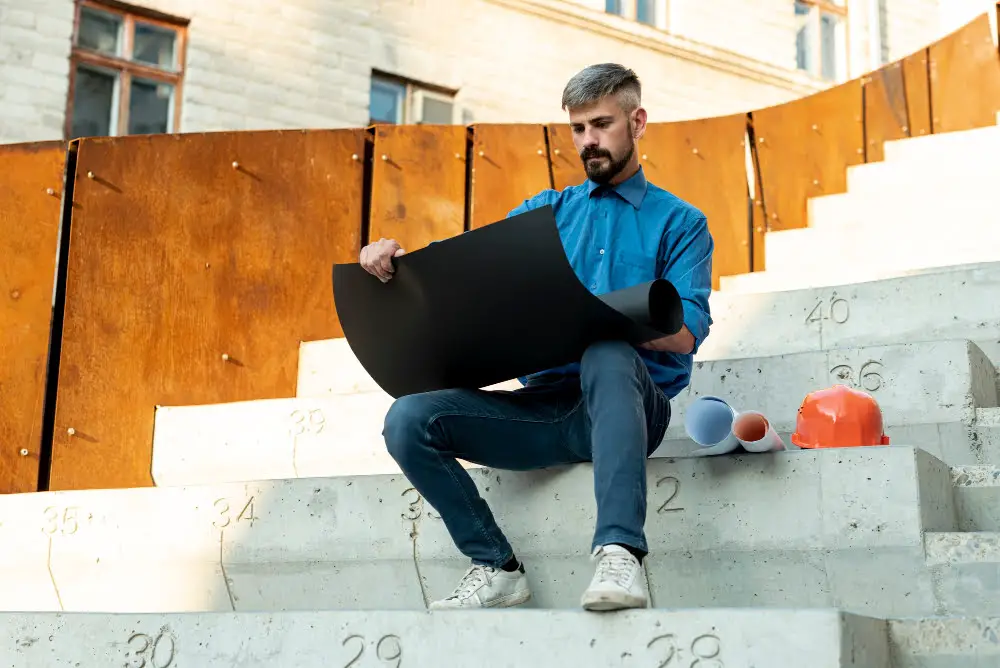
Evaluating the dimensions for your upcoming project starts with determining the building’s usefulness. For instance, the type of utilization will heavily influence the height of each floor. A structure housing industrial equipment may require more vertical space than one designed for office use.
Understanding the building footprint is also critical. The allotted square footage on your property may be a limiting factor in determining the width and length of your metal building. A critical point to remember is that expanding upwards is often more cost-effective than expanding outwards.
The size inherently affects the layout of the interior. Designing freight elevator shafts, stairwells, and corridors should take into account the available floor space. At the same time, these elements must also comply with local building codes and safety requirements.
Lastly, becoming familiar with local zoning regulations is equally important. Some regions may restrict the height of buildings or the percentage of a lot that can be built upon. Fully understanding these limitation can help avoid potential restructuring or fine in the future. By strategically selecting appropriate sizes for the second floor, a two-story metal building can offer vast usability while maintaining building compliance.
Incorporating Doors, Windows, and Ventilation in the Design
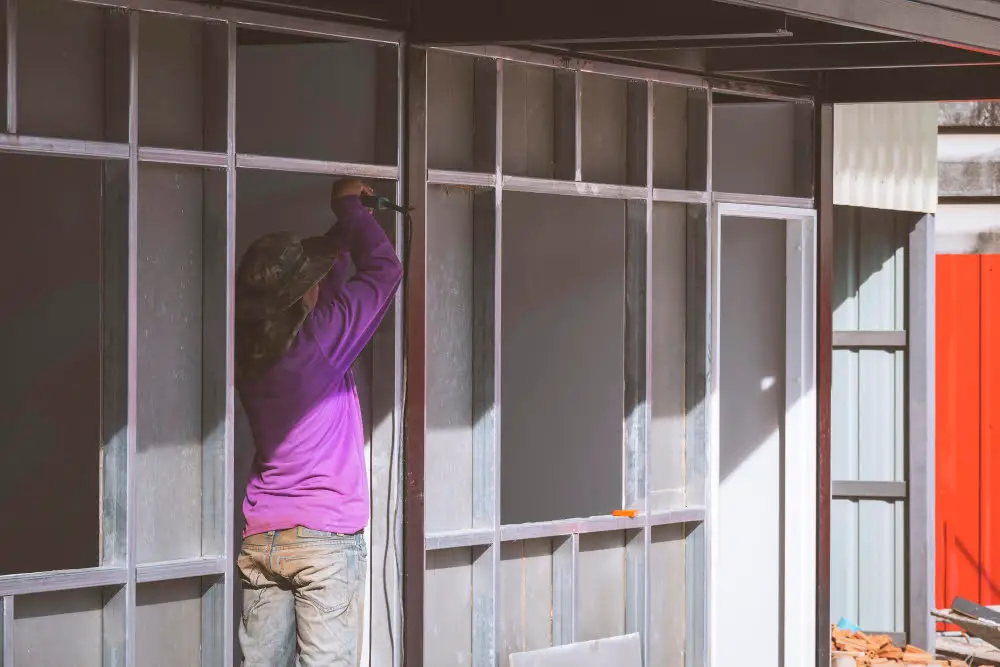
A successful design must balance aesthetics with functionality. Consider the placement of windows; while these will lend an attractive look to the building, they also have a critical part in natural light control. Try and place them where they will most effectively catch and distribute sunlight. Coupled with the fact that the thermal efficiency of metal building insulation improves with natural light, strategic positioning of windows helps cut down electrical lighting costs.
Doors, on the other hand, serve as the primary entrance and exit points of the building. Their location should ensure easy access in and out of the building, and can also be designed to aid in the flow of traffic within the building. Additionally, consider including multiple specialized types like service doors, sliding doors or overhead roll-up doors based on your specific needs.
Ventilation is an often overlooked, yet crucial element of the design process. It involves a series of measures that keep the interior environment of the building comfortable and safe. Unwanted humidity or heat can lead to condensation issues within metal buildings. Identify how natural ventilation can be utilized, plan for mechanical ventilation if needed or perhaps a mix of both. This also ties in with the location and type of windows and doors. Also, remember to include vents to let the trapped hot air escape, especially on the second floor. The selection and placement of these components depend largely on the building’s intended use, the local weather, and individual preferences.
Choosing the Right Material for Second-Floor Construction
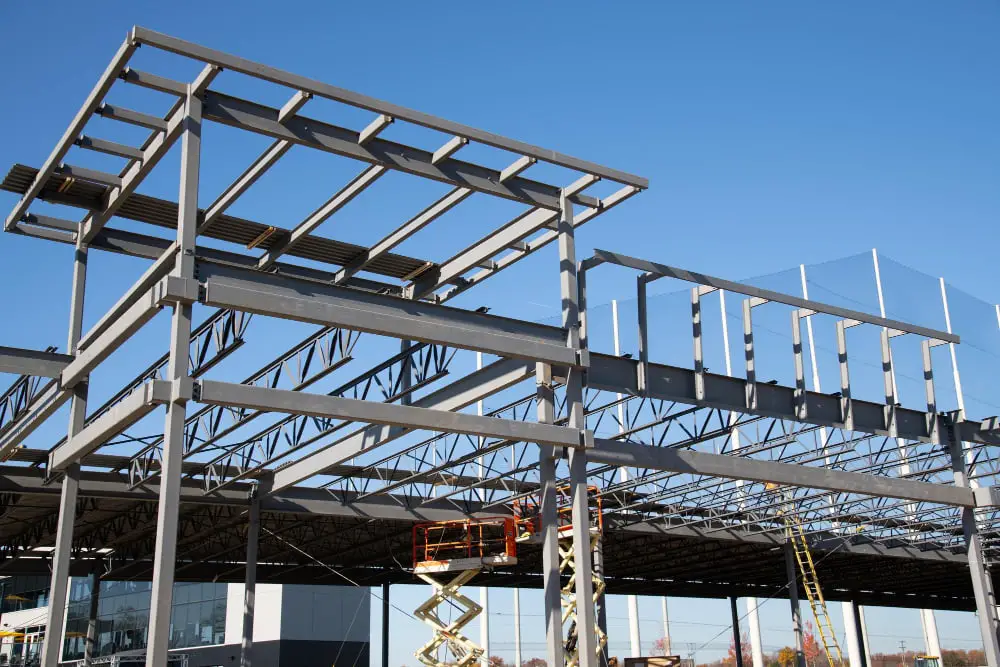
Several considerations come into play when deciding on the appropriate materials for your second-floor construction. Durability, budget, and weight are among the top concerns.
1. Steel Joists: These components are integral for the construction of the second floor. They provide robust support and durability, being resistant to deformations and readily available at varying prices to accommodate different budgets.
2. Concrete: A solid choice for flooring, offering resistance to fire and excellent acoustical properties. Its weight can be a concern, thus ensure your building’s structure can support this additional load.
3. Wood: An alternative to steel joists and concrete. It is lighter, easier to work with, and can offer aesthetic appeal. Keep in mind, it is less resistant to fire compared to steel or concrete.
4. Steel Decking: Ideal for second-floor construction due to its light weight and high strength. It’s rapid to install and designed to interlock with concrete slabs, providing reinforced strength.
5. Insulation Material: Vital to maintain temperature control as metal buildings can get very hot or cold. Consider using spray foam insulation due to its high R-value and versatility.
6. Flooring Finishes: Decide based on budget, aesthetics, and usage. Options range from polished concrete, pre-engineered wood, carpet, or vinyl.
Remember, each of these materials has its strengths and weaknesses, and their selection should be a balance of practicality, budget, and personal preferences.
Cost Estimation and Budgeting for Construction

The budget plays a pivotal role in any construction project. It’s essential to calculate approximate costs for materials, labor, and any extras that may arise during the build.
1. Material Costs: Estimate the cost of steel beams, metal panels, screws, and bolts required. Remember to consider the higher quality materials for your second floor due to load-bearing considerations.
2. Labor Costs: Labor costs can vary widely. It depends on the region and the complexity of the design. Always account for a reasonable wage to ensure a smooth construction process.
3. Miscellaneous Expenses: Always set aside a portion of the budget for unexpected expenses. This could include repair works, equipment rental, or price fluctuations in materials.
4. Contractor Fees: If you’re hiring a contractor, factor in their fees. Obtain quotes from multiple sources to ensure you’re getting the best deal.
5. Permit Fees: Check the local building codes and regulations. You may need to pay for permits before construction starts.
Budget planning will help keep your project on track financially and prevent unnecessary delays. Compare prices from various suppliers and contractors to ensure you’re getting the best deal and quality.
Lighting Requirements and Selection for 2 Story Metal Buildings
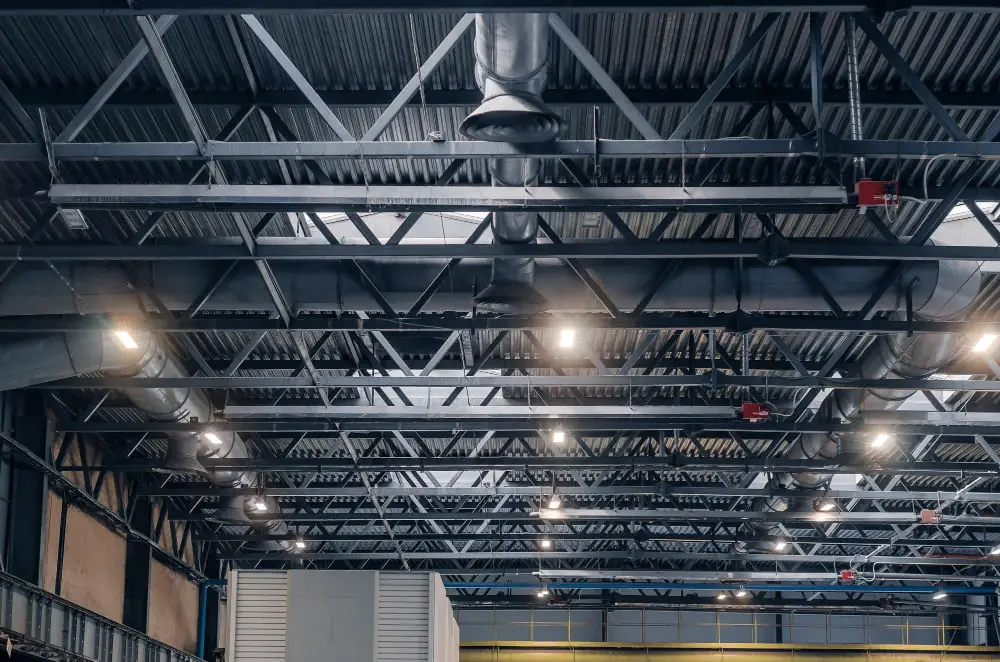
Ensuring adequate illumination across all levels of your building is crucial. A metal structure can seem dark due to its material properties. High-quality LED lights are a widely popular choice because of their durability and energy efficiency. These can be strategically placed for maximum effect, ensuring there are no dark or dimly lit areas that could pose a safety hazard.
Natural lighting is equally important. During the design phase, consider incorporating more windows to allow the entrance of natural light. Clerestory windows, popular in metal buildings, are a perfect way to increase light penetration without sacrificing wall space.
Don’t forget about emergency lighting options. Install them at proper intervals on both floors and ensure they’re in working condition, as they become lifesavers during power outages.
Lastly, consider the purpose of the rooms in your building during the lighting selection process. Offices and workspaces may require brighter, more concentrated light while relaxation areas benefit from softer lighting. By addressing these points carefully, the right set of lights can contribute to a comfortable and functional interior environment.
Securing Necessary Building Permits and Compliance Checks
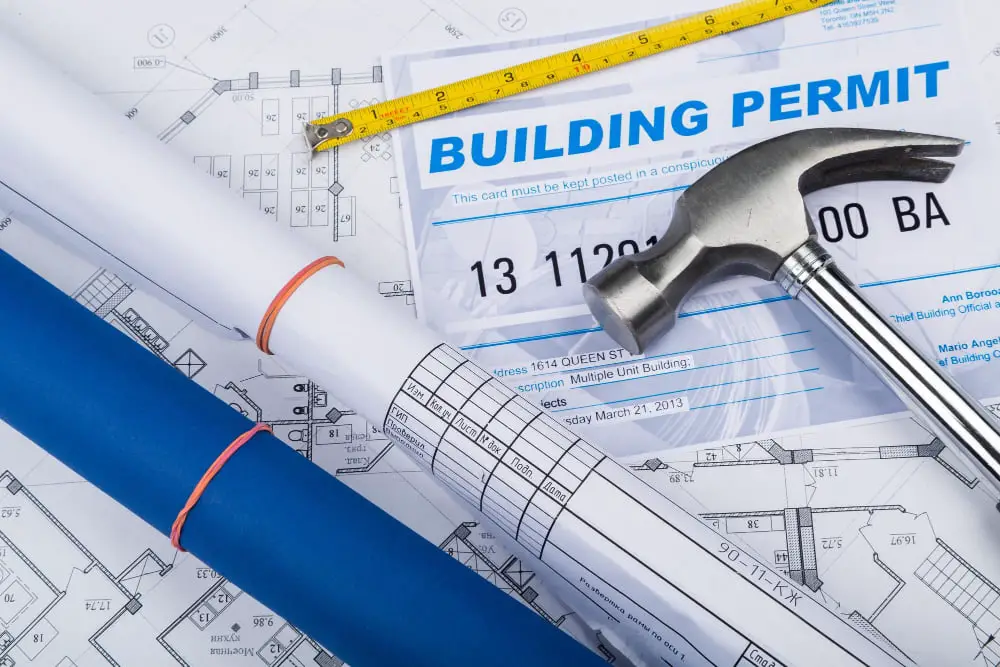
Acquiring the right permits is mandatory before commencing any construction project. For your two-story metal building, you will need to approach your local city or county building department. They will guide you through zoning regulations, building codes, and permit requirements specific to your area. The process involves mapping out a detailed plan of your project for safety, health, and welfare reasons.
Ensure you’re aware of the International Building Code (IBC) which sets a standard for metal buildings. Aside from local codes, it’s paramount you comply with these guidelines to prevent any potential legal ramifications.
Documentation of the completed project for final inspection by a certified inspector is another crucial element in the process. This written certification verifies your adherence to building codes and ultimately closes the loop in obtaining the necessary permits.
Besides, do not forget about ongoing annual inspections and the need to meet fire safety regulations, especially if the building is for commercial use. If you plan on adding special features like fire-resistant walls, alarms, and suppression systems, there might be additional checks to pass.
Stay connected with your local building authorities to keep yourself updated with any changes in laws and practices, ensuring that you’re always on the right side of the rules.
FAQ
Can you put a second floor in a metal building?
Yes, with proper planning and construction, a second floor can indeed be added to a metal building.
How tall should a 2 story metal building be?
A standard two-story metal building should ideally be between 24 and 40 feet tall considering it measures from the floor to the top of the eave.
Can you add on to a metal building?
Yes, it is possible to add on to a metal building, offering an affordable solution to enhance space usage, with the added benefits of durability, reliability, longevity and minimal maintenance requirements.
How to build a second floor on a pole barn?
To construct a second floor on a pole barn, you can adopt techniques such as installing a steep pitch attic roof truss, gambrel frame attic roof truss, or by integrating an additional floor system between the ground floor and roof truss resulting in a two-story pole building.
What are the safety considerations when constructing a second level in a metal building?
Safety considerations when constructing a second level in a metal building include ensuring structural strength, providing proper access and egress points, and adhering to fire-safety and fall-protection measures.
How does the addition of a second floor impact the overall structural integrity of a metal building?
The addition of a second floor to a metal building enhances the overall structural integrity by distributing load evenly, but requires additional support structures for stability.
What type of flooring system is best utilized for second floor construction in metal buildings?
For second floor construction in metal buildings, a metal bar joist and steel deck system offers the best material pairing due to its durability and support capabilities.
Recap




